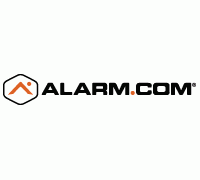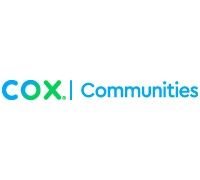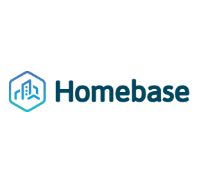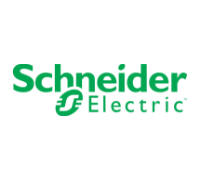CEL: Partnership with Insurance Industry Will Drive Adoption in the Connected Consumer Market
 Tim Harrington, GM Products Group at CEL, explores the advantages of partnerships to promote adoption in the connected consumer market:
Tim Harrington, GM Products Group at CEL, explores the advantages of partnerships to promote adoption in the connected consumer market:
What is the most important next step to engage consumers in smart home solutions, connected entertainment services, and/or value-added services like tech support and connected health?
Although the actual GUI may be device dependent, connected home products must yield true value to consumers with a single, easy to understand App that completely insulates them from the details of the technology. Examples of true value include video security, loss prevention such as leak detection, and remote temperature and lighting control. The app should allow the addition of new components offering different capabilities without requiring a call to a help desk and it must work 99.9999% of the time. This App should be equally intuitive whether it is on a smart phone, tablet, or PC.
What is the biggest challenge your company faces in 2015?
As a radio module and component provider, our biggest challenge is education. Some potential partners make initial judgments based on a Bill of Materials. All the hidden costs of building a standardized, inter-operable radio device are not obvious. There is the risk of picking the wrong technology, the wrong silicon provider, or not understanding the requirements of a high performance radio circuit in regard to board layout, mechanical packaging, and antenna design. There is the cost of certification, re-certification after product changes, firmware design and software integration. Many of our partners have started with in-house design projects and then come back as customers after they have lost critical “time to market” trying to implement a chip level design.
What is the biggest driver for the connected consumer market?
It is a combination of improved lifestyle and monetary savings. It’s lifestyle in automating tedious tasks while adding a level of “coolness”. It’s savings in loss prevention by early detection and action: be it fire, water leak, gas poisoning, or theft detection. That coupled with insurance reductions for consumers with these connected systems. A partnership with the insurance industry will drive adoption because there will be a savings whether there is a loss or not. Most people don’t think that these incidents will happen to them, but they do want to save money on their annual insurance bills. Insurers know that these systems can save them huge amounts of money by reducing the frequency and severity of losses.
What are the most important initiatives your company is taking in 2015?
One of the most important initiatives for CEL is the addition of interchangeable Bluetooth and Wi-Fi modules to the existing ZigBee product line. CEL’s goal is to allow partners that supply end products to consumers to focus on their core offering and let CEL deal with the complications of multiple technologies. By supplying each of these technologies and associated protocols in a single form factor, partners can focus on application requirements rather than gambling that they have chosen the correct version of the competing standards.
CEL's recent acquisition of Eagle Mountain Technology has been a critical part of this initiative to insulate our customers from technology turmoil. This team, headed by Matt Smith, enables us to build upon our existing hardware and software capabilities, and thus allows our customers to accelerate the "time to market" for their products and systems.
Describe your vision for the smart home and entertainment markets in 2020.
A micro tag is in the user’s pocket and it has full “follow me” capability. If they walk from one room to another and they’re watching a video, it transfers with them to the new room. If others are in the previous room the video continues. As the person changes rooms, the lights come on automatically with the level of illumination proper to the time of day, and then fade upon leaving. When they leave the house, the door locks behind them and unlocks when they arrive. The unlocking is verified by biometrics on the micro tag. Room temperature and window shades automatically adjust depending up time of day, and habitation on a room by room basis. If a water leak, fire, CO, or radon accumulation is detected, appropriate actions are taken automatically and the homeowner as well as the emergency service provider are notified. For example, if there is a water leak, then the water supply to that appliance is turned off and the homeowner or designate is immediately notified regardless of their location.
Tim Harrington will be speaking on the panel “Standards and Interoperability: Creating Competition through Cooperation” at 11:15 AM during CONNECTIONS in San Francisco, CA, May 21, 2015. He will be joined by other company representatives from Insteon, Intel, Sigma Designs/Z-Wave, and ULE Allliance.
For more information on CONNECTIONS speakers, sessions, or topics, visit www.connectionsus.com. Registration is still open!
Next: Hewlett Packard to Sponsor, Speak at 19th-annual CONNECTIONS Conference
Previous: Sigma Designs/Z-Wave: Increase of Mobile Devices Increases Consumer Demand for Control of Smart Home Devices and Systems




 Tim Harrington
Tim Harrington










